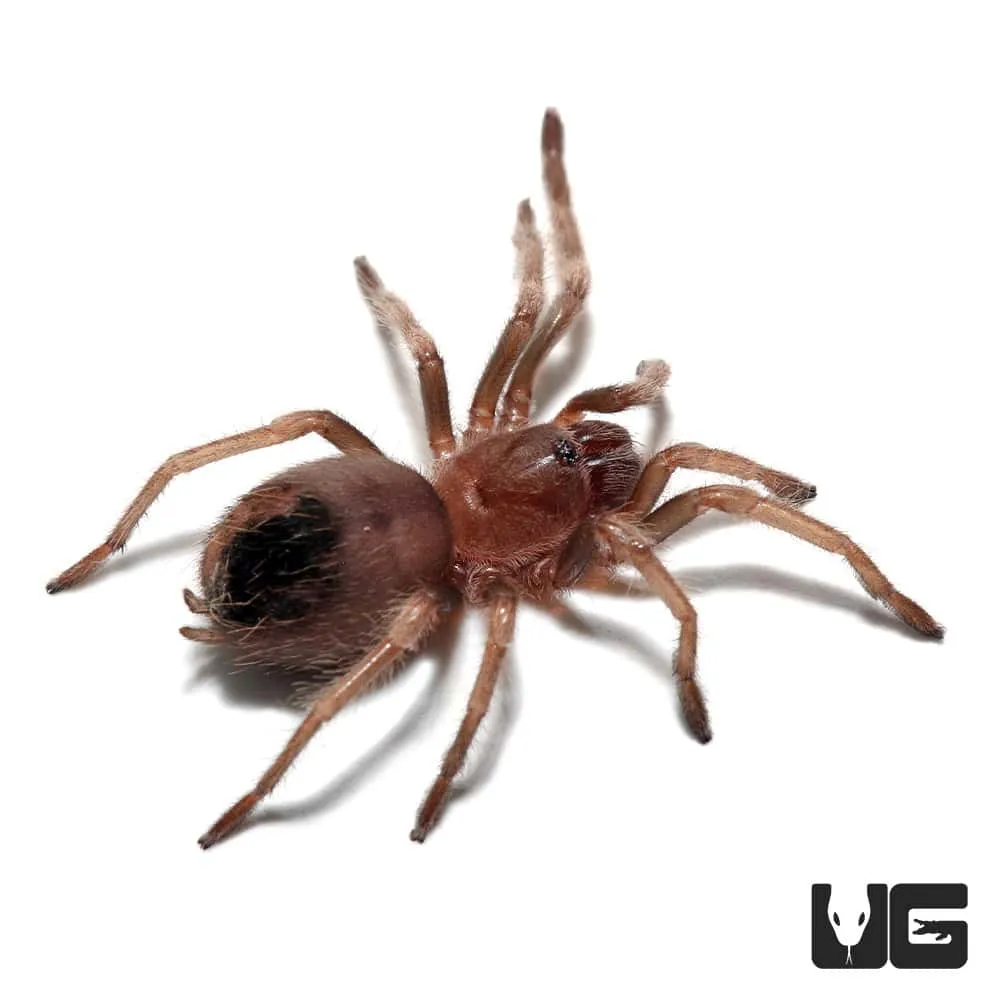Baby Mexican Red Knee Tarantulas 5 Essential Care Tips
Baby Mexican Red Knee Tarantulas, with their striking red and black markings, are a captivating addition to any arachnid enthusiast’s collection. However, these delicate creatures require specific care to thrive. Proper care ensures not only their survival but also their healthy development into the magnificent adults they are known to become. From enclosure setup to feeding and handling, this guide provides essential tips to help you provide the best possible environment for your baby Mexican Red Knee Tarantula. Understanding their needs is the first step towards a rewarding experience of owning these fascinating pets. Let’s delve into the five most crucial aspects of their care to ensure your tarantula’s well-being.
Choosing the Right Enclosure
Selecting the correct enclosure is paramount for the well-being of your baby Mexican Red Knee Tarantula. A suitable enclosure provides a safe and comfortable environment, replicating its natural habitat as closely as possible. This includes considerations for size, ventilation, and ease of maintenance. The enclosure should be secure, preventing escapes while also allowing you to observe your tarantula without causing undue stress. The right enclosure is not merely a container; it’s the foundation of a healthy and happy tarantula’s life. Proper planning here saves problems later. This is more than just a place for your tarantula to live, it will be the key to long term health.
Enclosure Size and Type
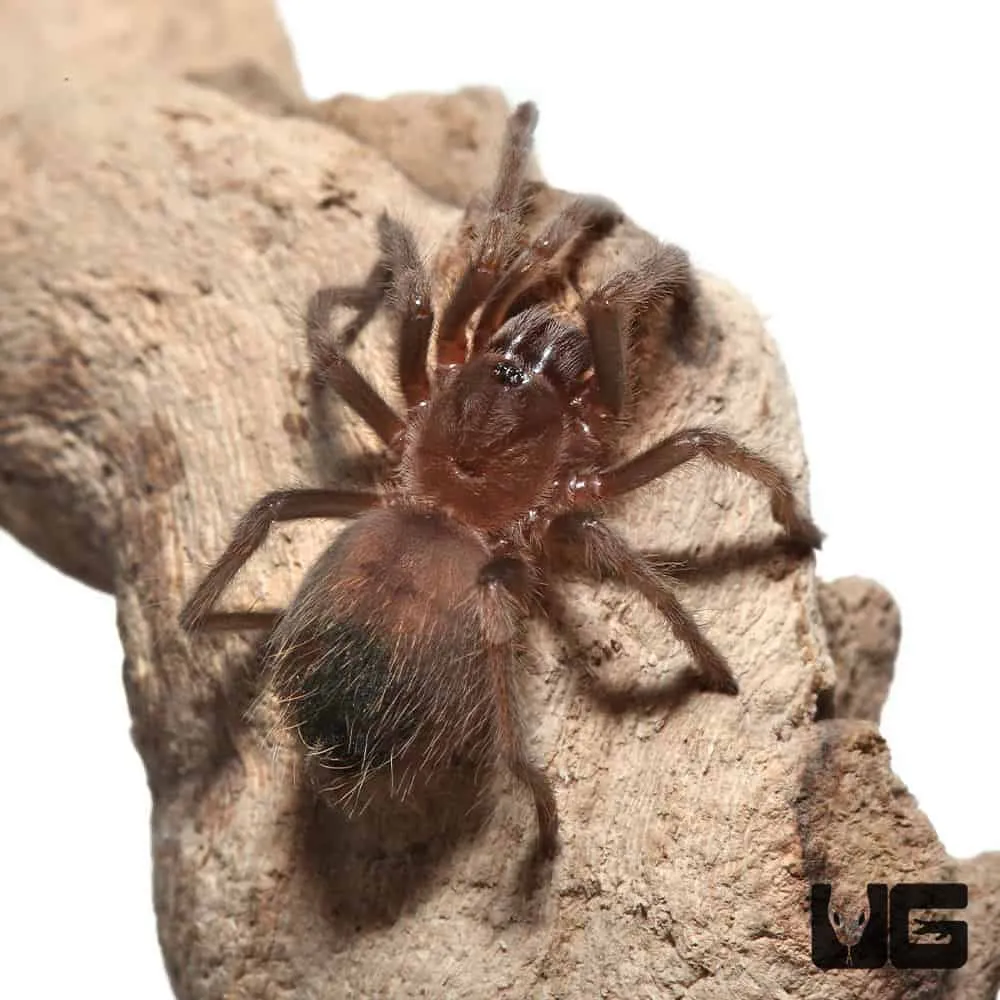
For baby tarantulas, a smaller enclosure is often better to help them feel safe and to make it easier to find food. A clear plastic container or a small glass terrarium with a secure lid works well. The enclosure should be at least three times the tarantula’s leg span in length and width, providing enough space for movement and exploration. As your tarantula grows, you’ll need to upgrade the enclosure. Avoid enclosures that are too tall, as falls can be dangerous. Ensure the enclosure has adequate ventilation to prevent the buildup of humidity and stale air. Good ventilation prevents mold growth and respiratory issues, promoting overall health.
Substrate Selection
The substrate, or bedding, is crucial for maintaining humidity and providing a natural environment for your tarantula. Coconut fiber is an excellent choice, as it holds moisture well and is relatively mold-resistant. Sphagnum moss can be added for extra humidity, especially during molting. Avoid substrates like cedar or pine shavings, as they can be toxic to tarantulas. The substrate layer should be deep enough for the tarantula to burrow if it chooses. This also offers a place to hide and helps regulate the enclosure’s humidity. A good substrate provides not only a comfortable base but also contributes to the overall health of your tarantula.
Maintaining Humidity and Temperature
Humidity and temperature are critical factors in the health and well-being of your baby Mexican Red Knee Tarantula. These conditions closely mimic their natural environment and support proper molting and overall health. Monitoring these elements is necessary to maintain a comfortable environment and prevents health issues like dehydration or molting problems. Regular checks and adjustments ensure your tarantula thrives in its enclosure.
Optimal Humidity Levels
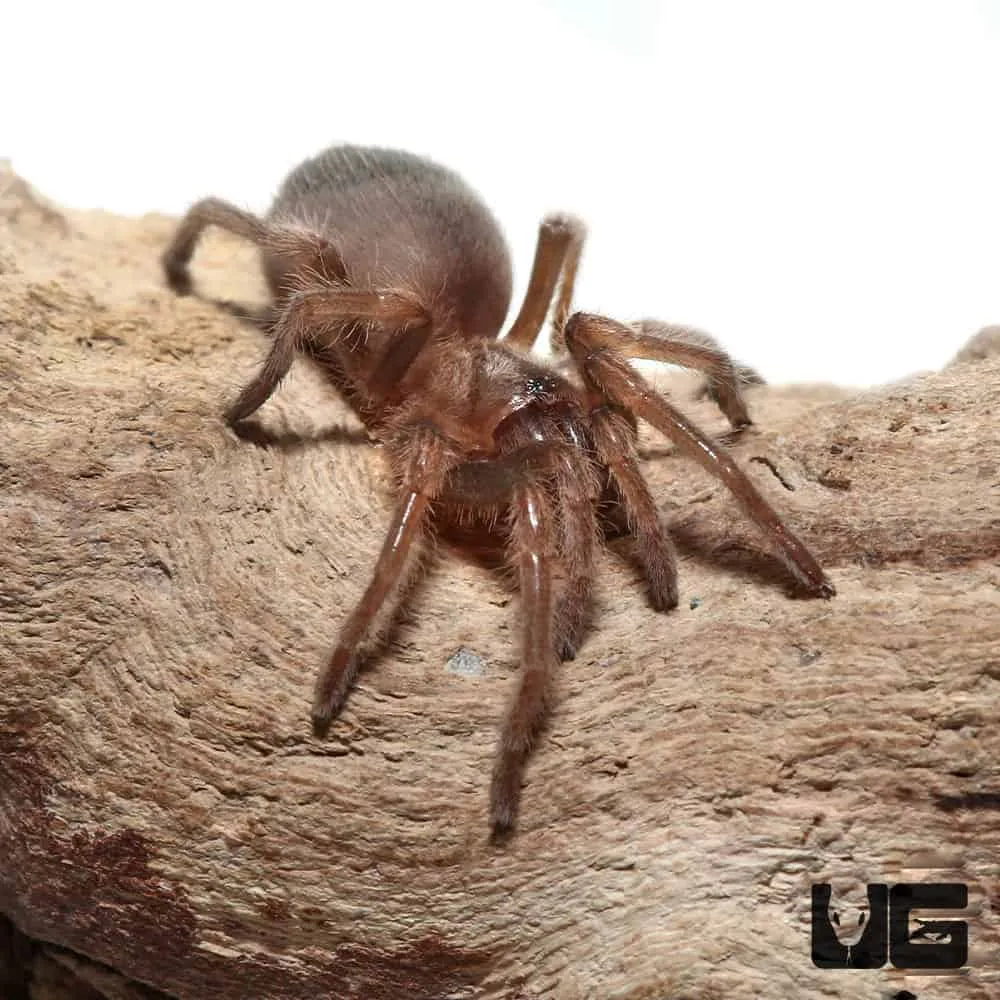
Baby Mexican Red Knee Tarantulas thrive in a humidity range of 65-75%. You can maintain this humidity by misting the enclosure lightly with dechlorinated water once or twice a week, depending on the ventilation and the substrate. Use a hygrometer to monitor humidity levels accurately. Avoid over-misting, which can lead to mold growth. Proper humidity aids in successful molting and prevents dehydration. Regular checks and adjustments based on your hygrometer readings ensure the ideal environment for your tarantula.
Ideal Temperature Range
The ideal temperature range for baby Mexican Red Knee Tarantulas is between 75-85°F (24-29°C). Maintaining this temperature range is essential for their metabolism and activity levels. You can maintain temperature using a heat mat or a ceramic heat emitter, ensuring it is regulated with a thermostat to prevent overheating. Avoid direct sunlight and drafts, which can cause temperature fluctuations. Consistent temperatures promote proper digestion and general well-being, allowing your tarantula to thrive.
Feeding Your Baby Tarantula
Feeding is a crucial aspect of caring for your baby Mexican Red Knee Tarantula, ensuring it grows and develops properly. Understanding the right food items and feeding frequency is vital to prevent malnutrition or overfeeding. Careful attention to your tarantula’s appetite and health will ensure it receives the necessary nutrients for a long and healthy life. Proper feeding practices support a thriving tarantula.
Appropriate Food Items
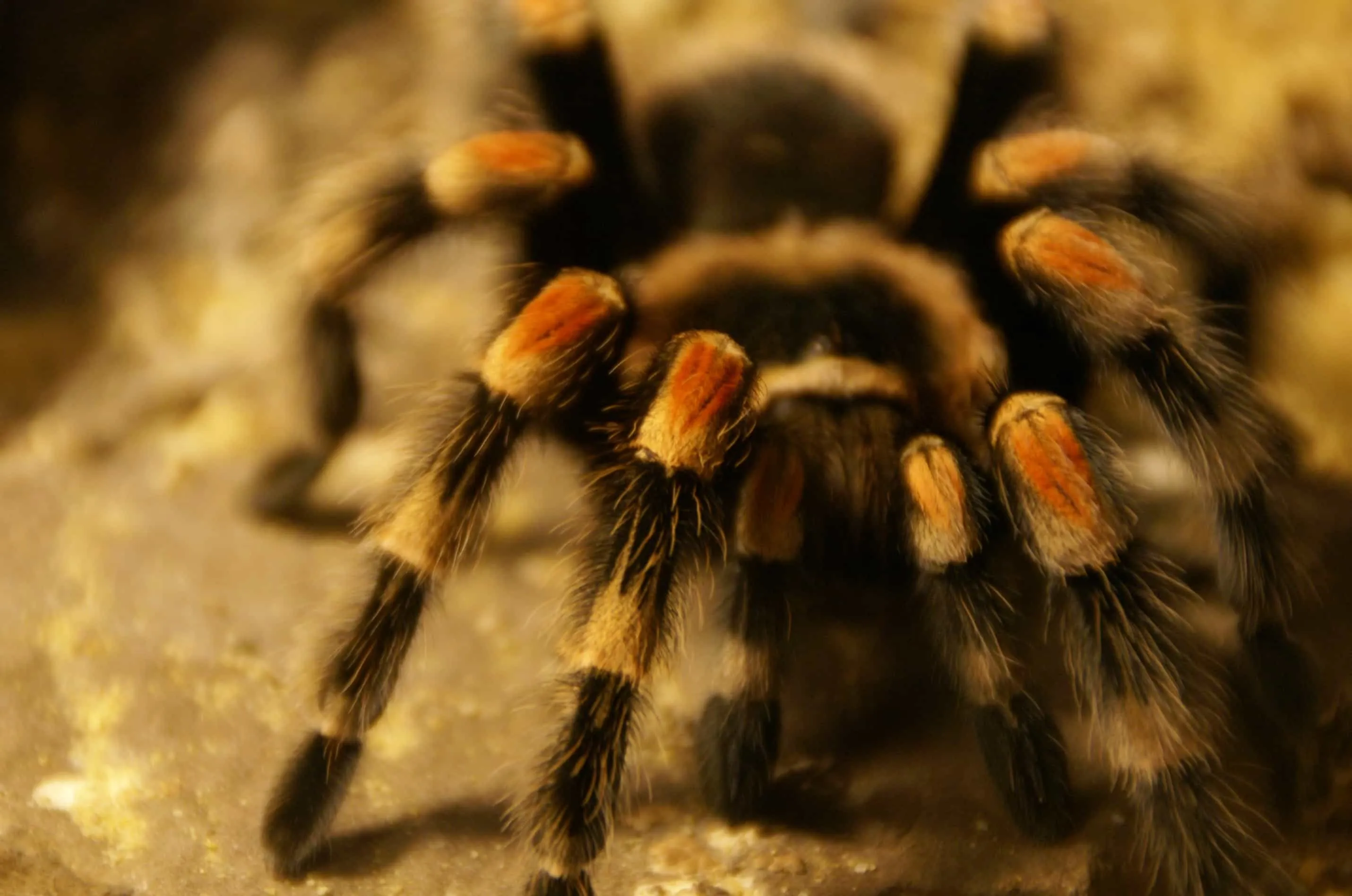
Baby Mexican Red Knee Tarantulas primarily eat insects. Crickets, mealworms, and small roaches are excellent choices. Ensure the insects are appropriately sized, no larger than the tarantula’s body. Gut-load the insects with nutritious food (vegetables, fruits, and commercial insect food) for at least 24 hours before feeding them to your tarantula. This ensures your tarantula gets all the essential nutrients. Avoid feeding wild-caught insects, as they may carry parasites or pesticides that can harm your tarantula.
Feeding Frequency
Feed your baby tarantula 2-3 times per week. As they grow, you can adjust the feeding schedule, providing fewer feedings with larger prey. Always remove any uneaten food within 24 hours to prevent mold and mites. Observe your tarantula’s abdomen; a slightly rounded abdomen indicates it is well-fed. Adjust the feeding frequency according to the tarantula’s appetite and growth rate. Regular feeding is a key component of tarantula care.
Providing Fresh Water
Water is essential for the survival and health of your baby Mexican Red Knee Tarantula. They need a constant supply of fresh, clean water to stay hydrated and thrive. The provision of clean water is a simple yet critical element of their care, supporting their well-being.
Water Dish Options
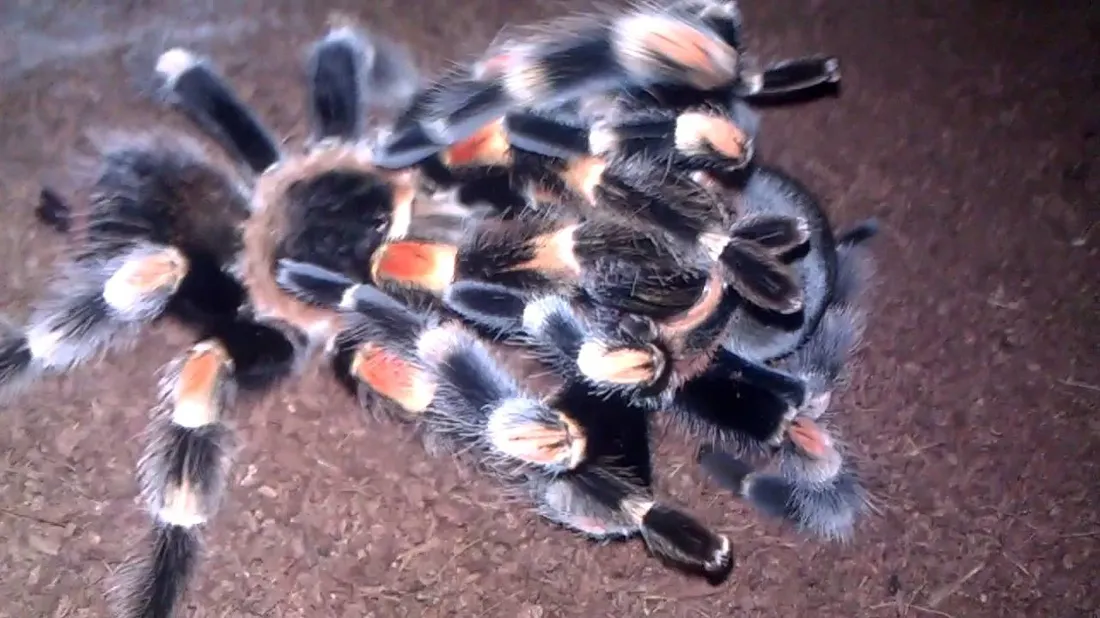
Use a shallow water dish, such as a bottle cap or a commercial water dish designed for reptiles. Ensure the dish is stable and cannot be easily tipped over. Place the water dish in a location where it is easily accessible to the tarantula. Change the water every few days to keep it clean and prevent bacterial growth. Regular cleaning is also crucial for the well-being of your tarantula.
Watering Techniques
Besides a water dish, you can mist the enclosure lightly once or twice a week to provide additional hydration. This also helps maintain humidity. Avoid spraying directly on the tarantula, as this can stress it. Make sure to use dechlorinated water to prevent any harm. Consistent access to clean water guarantees your tarantula stays hydrated.
Handling and Safety Precautions
Handling baby Mexican Red Knee Tarantulas should be done with caution. While they are generally docile, they can still bite if they feel threatened. Always prioritize your safety and the tarantula’s well-being. Understanding safe handling practices and recognizing stress signs prevents harm to both you and your pet.
Safe Handling Practices
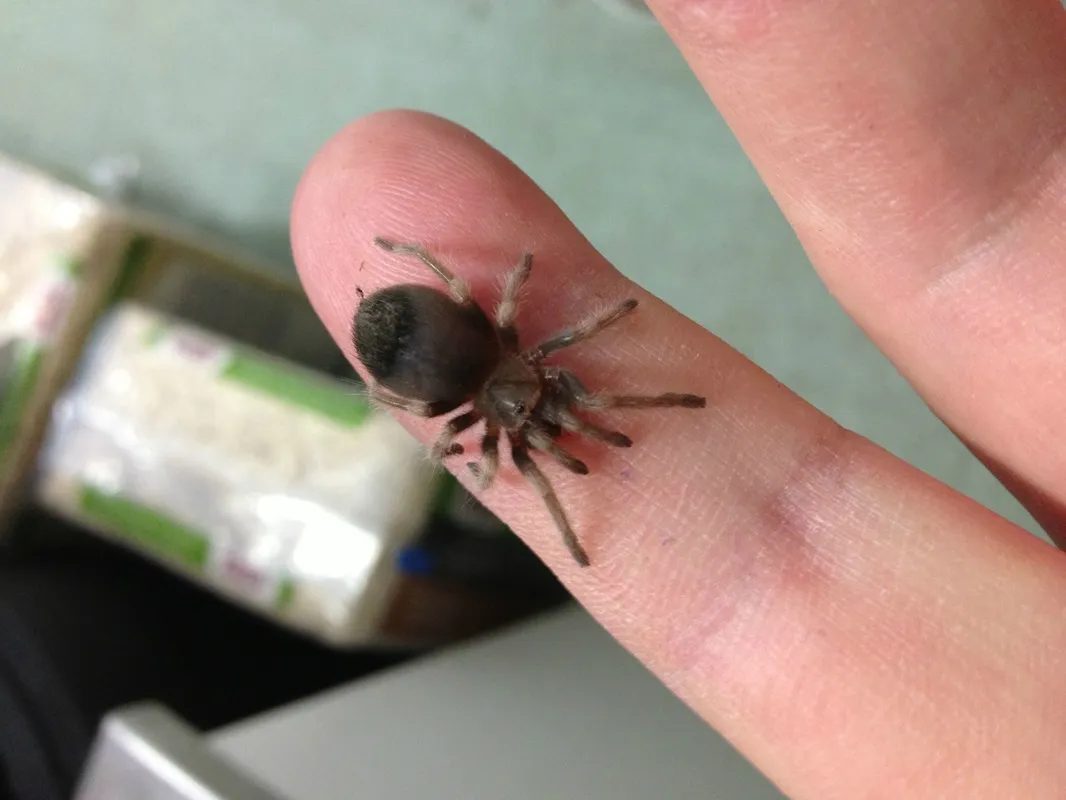
If you choose to handle your tarantula, do so with great care. Handle your tarantula close to the ground, in case it falls. Avoid handling it for extended periods. Wash your hands thoroughly before and after handling to avoid transferring oils or chemicals to the tarantula and preventing potential bites. If the tarantula shows any signs of stress, such as raising its front legs or flicking hairs, immediately place it back in its enclosure. Always respect their space.
Recognizing Signs of Stress
Observe your tarantula for signs of stress, such as flicking hairs from its abdomen, raising its front legs in a defensive posture, or attempting to flee. These are all signs that the tarantula feels threatened and should be left alone. Be mindful of their behavior and avoid actions that could cause them to become stressed. A stress-free environment is crucial for the tarantula’s overall health and longevity. Recognize these signs to ensure your tarantula remains calm and healthy.
In conclusion, caring for baby Mexican Red Knee Tarantulas requires careful attention to enclosure setup, humidity and temperature control, proper feeding, water provision, and safe handling practices. By following these five essential care tips, you can ensure a healthy and thriving environment for your tarantula. Providing the proper care will not only help your tarantula survive but also allow you to witness the remarkable growth and beauty of this fascinating species. Owning a tarantula can be a rewarding experience, offering a unique glimpse into the world of arachnids.
